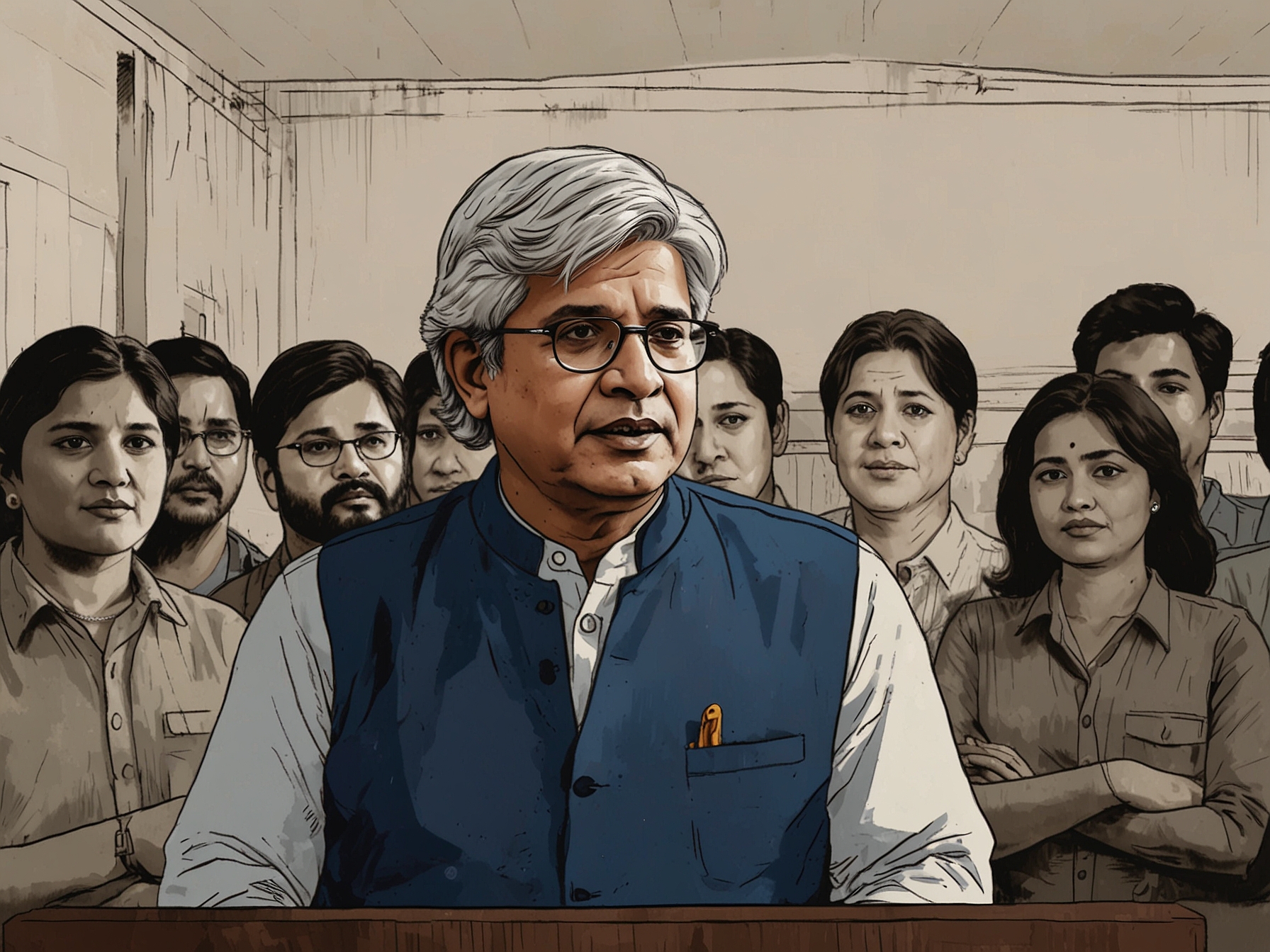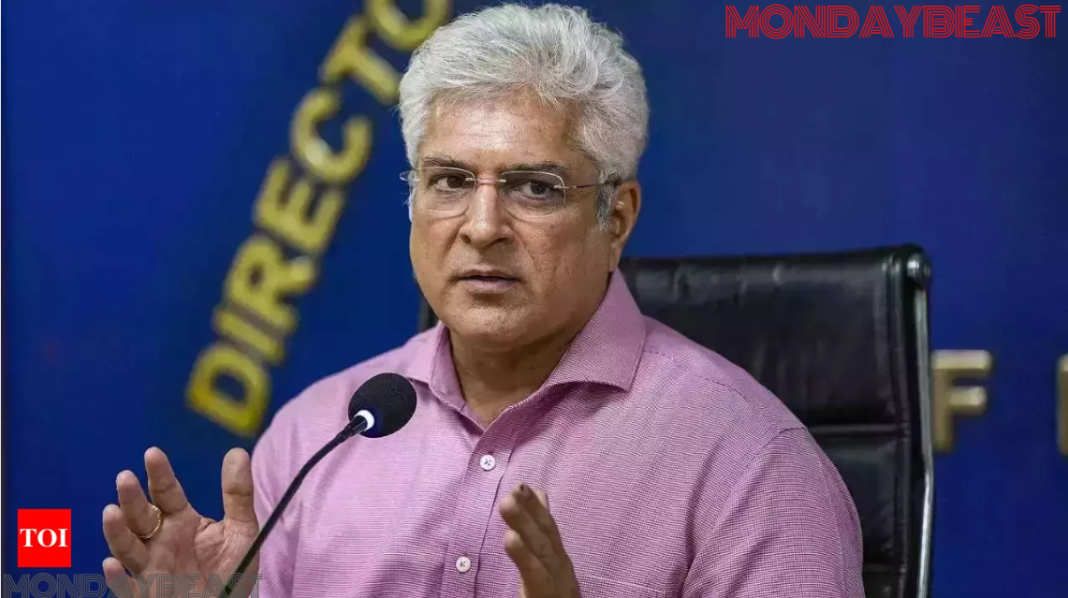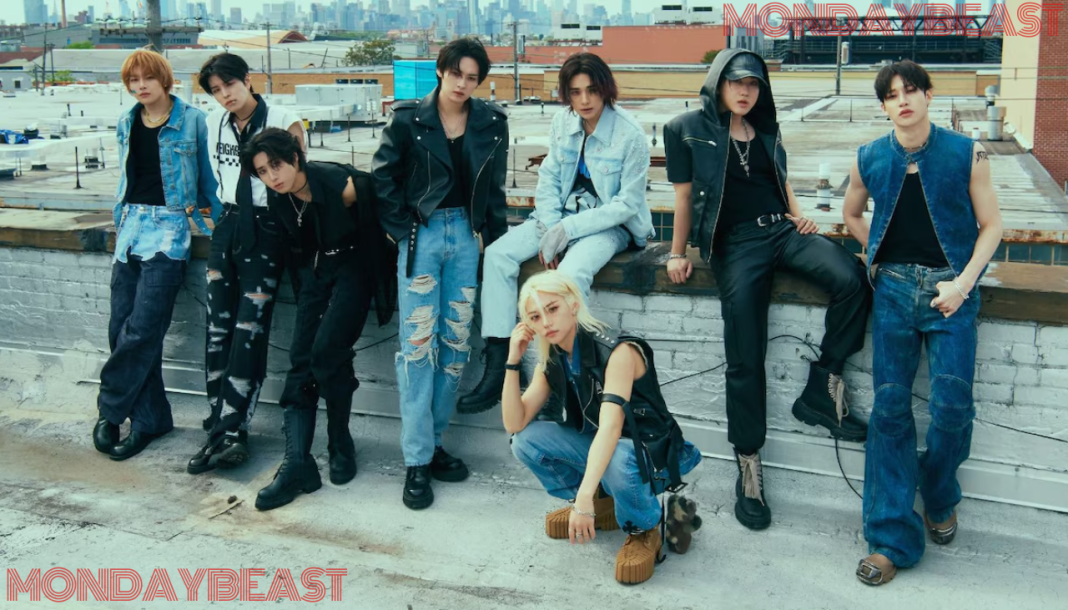Kailash Gahlot has made headlines after leaving the Aam Aadmi Party (AAP). Days after his resignation, he joined the Bharatiya Janata Party (BJP). This rapid political shift raises eyebrows and opens a can of questions.
What motivates someone to switch teams in the middle of a crisis? Gahlot’s decision was filled with personal turmoil. He expressed that leaving AAP was not easy. He spent years with the party, grounded in the ideals of change. His roots traced back to the Anna Hazare movement. Yet, something changed.

The departure follows a drama-laden phase. Gahlot claims the spirit of AAP has altered. For him, it seems that deeply held values have eroded. “We have been increasingly only fighting for our own political agenda,” he quoted. It’s a punchy remark that deserves a moment’s reflection.
Arvind Kejriwal, the AAP leader, had a matter-of-fact response. He suggested that Gahlot could do as he pleases. But wasn’t there a deeper sentiment behind those words? This might seem like a casual dismissal, but beneath the surface lies a turbulent political landscape.
Gahlot strongly refuted claims that pressure from the Enforcement Directorate (ED) or the Central Bureau of Investigation (CBI) influenced his departure. This puts into perspective the heavy-duty dramas often unfolding in Indian politics. Pressures from central agencies loom large on numerous politicians. Is this just collateral damage in the relentless political battleground?

Further compounding the drama are AAP officials, asserting that Gahlot’s choice was born from BJP’s dirty politics. Chief spokesperson Priyanka Kakkar argues he sought refuge to evade scrutiny from central authorities. Those probing nibbles from various parties only intensify the speculation.
The timing of Gahlot’s exit fuels speculation around the intentions of the BJP, especially with elections looming. It’s indeed a circular contradictory game of accusations and alliances. Gahlot himself stated that the AAP’s ambition has overtaken its commitment to people.
His departure also came amid mounting controversies that AAP faces. Did Gahlot’s resignation signal a growing discontent within the party ranks? Thousands of party workers likely share his sentiments, yearning for genuine political change.

As an MLA from Najafgarh, Gahlot held several significant portfolios. His experience in home affairs, IT, and women’s development bolstered his credentials. Such expertise raises questions about potential impacts on policies and governance as he transitions to the BJP.
And now, what does a political flip-flop like this mean for the common citizen? Amidst a backdrop of unfulfilled promises, Gahlot’s move could signify a turning tide in Delhi’s political narrative. Should voters feel concerned, questioning the loyalty of their representatives?
Gahlot’s journey mirrors that of many others who navigate the choppy waters of Indian politics. The dance between parties involves not just ideology, but survival too. As public interest sharpens, groundwork for political narratives continues to build.
In conclusion, Kailash Gahlot’s shift from AAP to BJP is more than a routine resignation. It’s a story wrapped in personal struggle and political maneuvering. As he aptly put, it wasn’t a simple choice. The implications of his decision may soon ripple through the political fabric of Delhi, leaving constituents with questions that will long remain unanswered.




